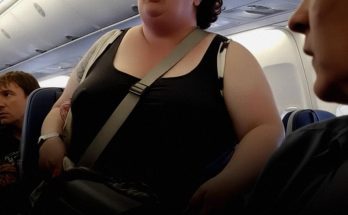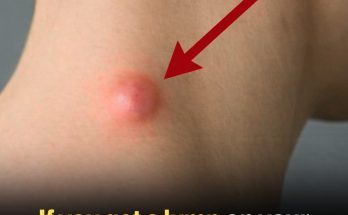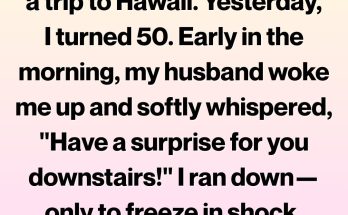The enduring “Fake Melania” conspiracy has flared anew, this time tied to an appearance at Pope Francis’s funeral—an event that reignited old suspicions more vividly than before.
Social media scrutiny ignited when users took note of Melania Trump’s demeanor and attire at the Vatican. Flat shoes and an ordinary off-the-rack coat—uncharacteristic choices for the stylish former First Lady—prompted speculation that she might have been replaced by a look-alike (The Economic Times, Yahoo News). Veiled and veiled again behind the solemnity of a funeral shroud, she seemed to many observers to be a “stand-in,” rather than the genuine article (The Economic Times, indy100).
This latest spark is only the newest twist in a saga that began nearly eight years ago. Conspiracy chatter tracing back to 2017 first emerged when critics labeled the woman beside President Trump as “too different”—an impression magnified when he once awkwardly introduced his wife, saying, “my wife, Melania, who happens to be right here.” The Guardian’s Marina Hyde inadvertently fueled the speculation with a tongue-in-cheek tweet, “Absolutely convinced Melania is being played by a Melania impersonator these days” (Wikipedia, LADbible).
Subsequent public appearances—her absence during a medical leave in 2018, noted facial feature shifts, and an oddly spelled “Welcome back, Melanie!” tweet from the president—only deepened doubts among believers (Wikipedia, The Economic Times). Even inside the administration, whispers circulated: Anthony Scaramucci, for instance, mused publicly that Melania’s sister might stand in for her at times (Wikipedia).
Critics, however, dismiss the theory as baseless and sensational. Mainstream media have repeatedly branded it a “ridiculous conspiracy theory” and a “non-story,” arguing it taps into a broader, troubling tendency to construct scandalous myths around powerful women (Wikipedia, The Economic Times). Historian Sophia Rosenfeld even likened it to centuries-old libels, contending it mirrors fake narratives surrounding figures like Marie-Antoinette (The Economic Times, Wikipedia).
A fresh perspective from security expert Will Geddes sheds further light: while using body doubles is a recognized tactic for protecting high-profile individuals, it’s typically confined to fleeting, low-scrutiny moments—such as brief transfers or decoy routing—not high-visibility events like papal funerals (Tyla). Geddes pointed out that physical tells—like gait, height, and gesticulation—are nearly impossible to replicate exactly, and that subtle aesthetic changes (botox, fillers, minor tweaks) are likelier explanations for any perceived differences (Tyla).
In short, while conspiracy theorists claim that differences in attire, posture, or facial features signal the presence of a stand-in, both historical context and expert analysis suggest these interpretations are born more of fascination than fact. For as long as Melania Trump remains a figure of public curiosity, this bizarre myth—like an echo—may well continue to resurface, each time with new reasons to be questioned and, invariably, just as little to prove it.



